Fire prevention systems for electric vehicle charging stations include a suite of solutions and devices that address and mitigate fire hazards, following the prevailing technical regulations and standards.
Solutions for Preventing Fire Spread
Preventing and containing fire spread is crucial in the fire prevention system of EV charging stations. Areas with charging stations must have effective fire spread prevention systems. Smoke extraction devices should be fire-resistant per legal requirements and suited to the heat exposure typical of electric vehicles and charging stations.
This system is essential to both protect property and human lives by creating necessary evacuation time and controlling fires in modern infrastructure.
1. Common Fire Blocking Materials
- Low-flammability and fire-resistant materials: Materials like concrete, fire-resistant bricks, and steel pipes efficiently insulate and restrict fire spread.
- Insulating PU Foam: Polyurethane Foam effectively seals gaps between technical parts, preventing smoke and fire from penetrating small spaces.
- Fire-resistant paint: Paints with fire-resistant properties safeguard materials such as metal, concrete, and wood from excessive heat.
- Fire-resistant sealant: With high thermal resistance, it is easy to apply and ideal for metal and electrical cables, effectively preventing fire spread through walls and floors.
- Expanding firestop devices: Devices like 3M™ Firestop block fire, smoke, and toxic gases through penetrations in floors and walls.
2. Technical Solutions to Prevent Fire Spread
- Prevent spread through floors and walls: Use devices like collars and seals at cable and technical tube interfaces to prevent smoke and fire gaps.
- Compliance with fire safety standards: Apply QCVN Standards to ensure effective fire-blocking materials and methods are used.
- Secure and gap-free installation: Ensure safe installations cover gaps entirely to prevent fire propagation.
3. Considerations for Choosing Fire Prevention Solutions
- Material quality and lifespan: Choose durable and high-performance materials like PU Foam and Takani panels.
- Heat resistance and fireproof capabilities: Materials should withstand high temperatures long enough for safe evacuation.
- Ease of application, maintenance, and reasonable cost: Fire-resistant sealants are popular for their ease of application and maintenance.
- Smoke and toxic gas containment: Ensure selected methods effectively block smoke for maximum safety.
4. Summary of Benefits of Fire Prevention Solutions
- Prolongs the development time of fires, limiting the spread of flames and smoke.
- Facilitates safe evacuation and effective firefighting efforts.
- Reduces the risk of fire spreading to other building areas.
- Protects building structure and minimizes property damage.
Fire prevention solutions are vital in protecting modern structures, ensuring safety, and minimizing damage in a fire event.
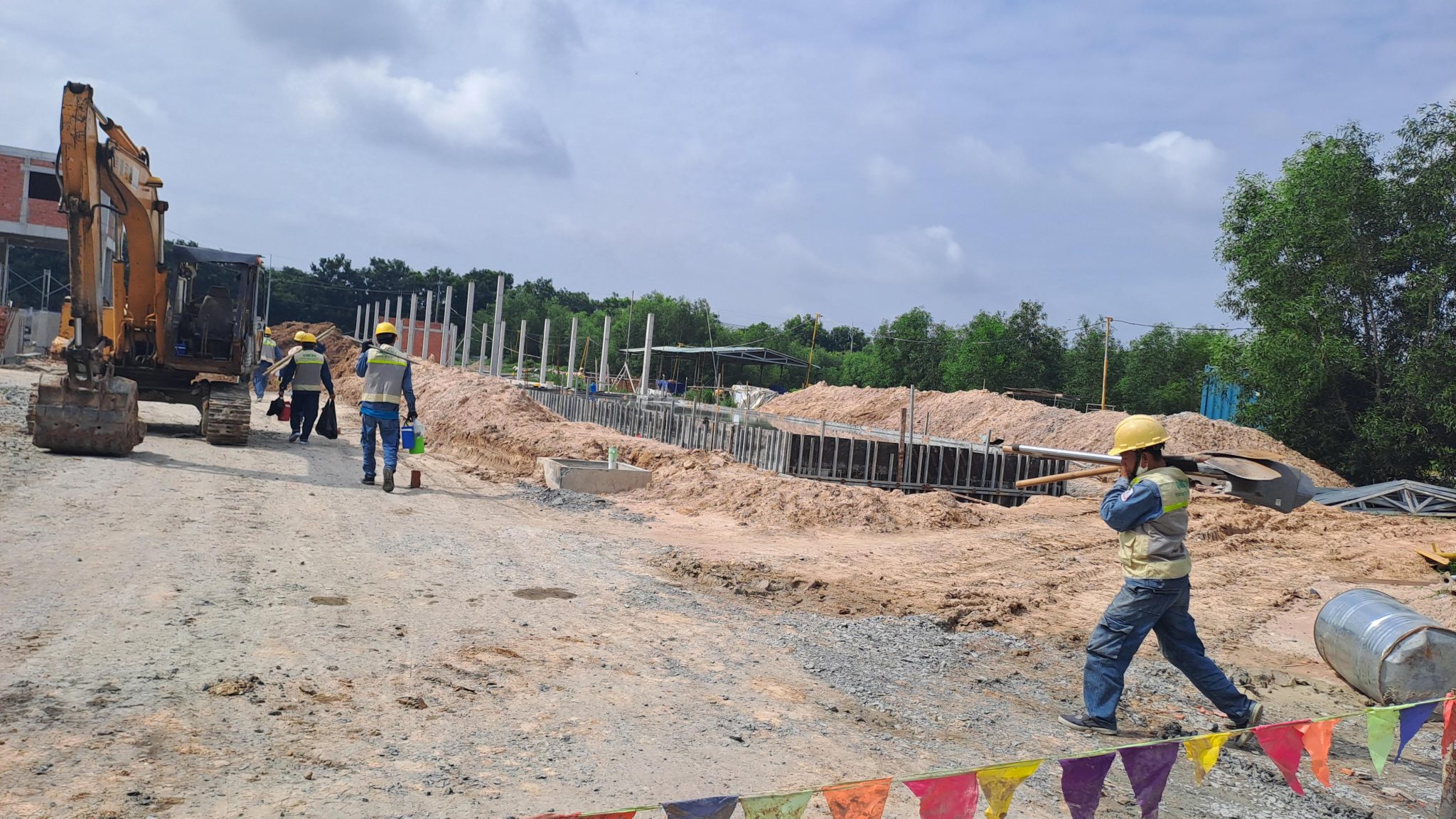
Requirements for Fire Safety Equipment
Installing fire safety equipment is essential for ensuring safety at charging stations. According to TCVN 3890:2009, handheld fire extinguishers and trolley-mounted fire suppression devices must be positioned at charging stations for timely incident response.
Fire safety equipment installation is a critical requirement for ensuring the safety of buildings and charging stations per TCVN 3890 standards. Specific technical fire-fighting equipment such as fire engines, firefighting vessels, and portable fire pumps must meet the technical specifications of each type of structure. These devices must also adhere to strict national PCCC regulations like TCVN 12110 to ensure optimal function.
Key facilities such as storage areas, airports, seaports, and industrial zones must be equipped with these devices according to national standards TCVN 13316 and appropriate international standards. This ensures a minimum number of devices per premises, as specified by legal appendices.
Local fire fighting and rescue teams require a specific list of devices, from handheld extinguishers to hand-cart systems, which facility managers or authorized units define while ensuring compatibility with budget and operational characteristics. These decisions follow current circulars to maintain effective fire prevention and explosion control.
Besides adhering to national and international standards, managers should regularly inspect and upgrade fire fighting equipment to ensure maximum efficiency during emergencies. This not only protects assets but also ensures the safety of human life in workplaces.
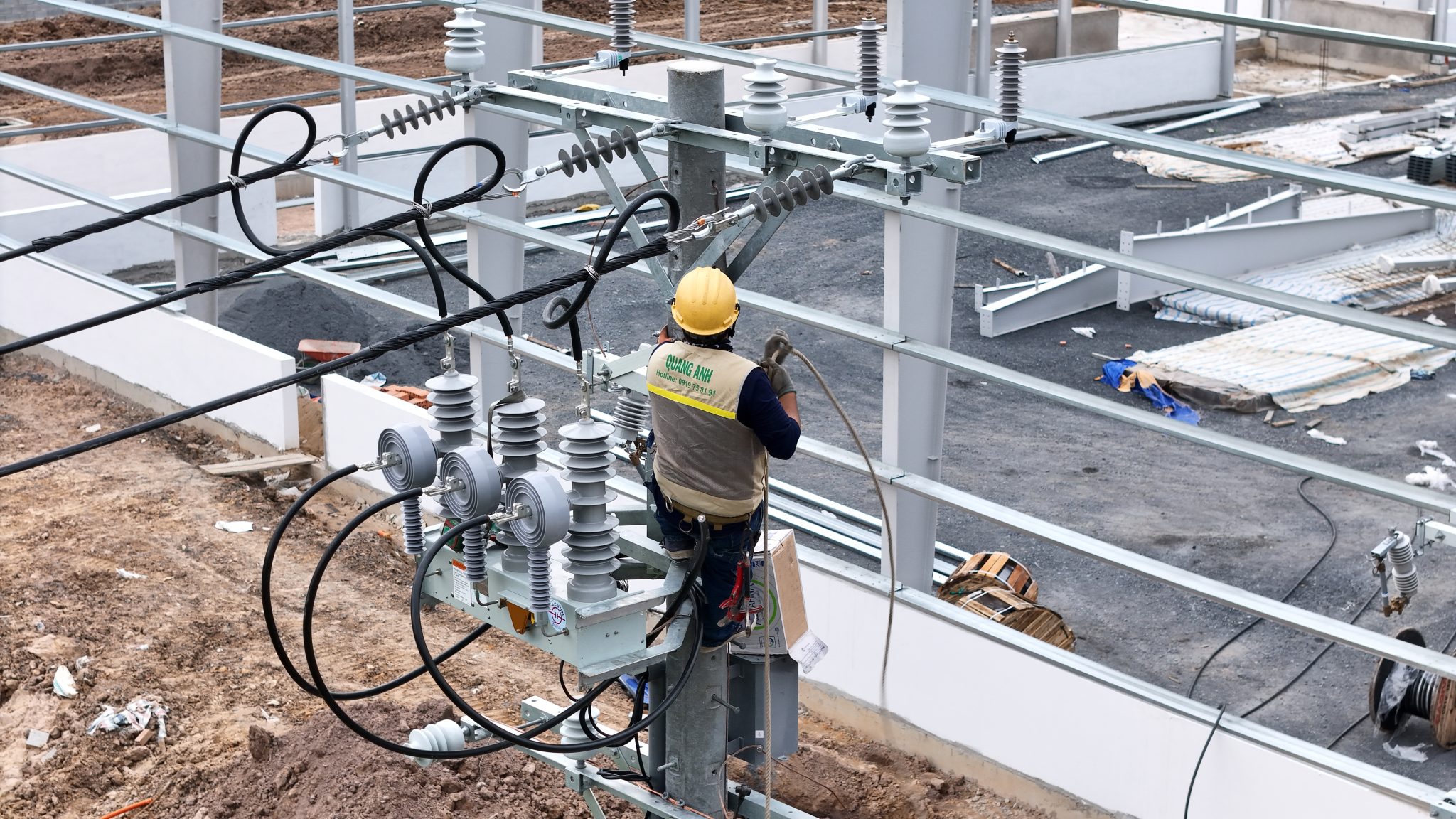
Automated Fire Suppression Systems
In garages or facilities with sprinkler systems, those designed for EV charging stations should form separate clusters with centralized overflow valves. Overflow valves activate only after fire alarms are triggered and complete power shutdown is confirmed, minimizing the risk of electric shock or explosions.
Automated fire suppression systems form a critical part of an advanced safety network that detects and neutralizes fires without manual intervention. This effective strategy halts fire escalation in industrial areas, office buildings, or residential settings.
Fire detection sensors are essential components, swiftly identifying warning signs like temperature changes, smoke, and movement. Upon detection, signals are sent to the control center, triggering alarms and activating Sprinkler systems or other extinguishing mechanisms.
Sprinkler systems activate automatically once temperatures exceed specific thresholds. Sprinkler heads tap into networks maintaining pressure with pumps and pressure switches, ensuring continuous and efficient fire mitigation. Following activation, routine maintenance and verification are crucial to keeping these systems ready for further incidents.
Other Automatic fire suppression apparatus like fire extinguishers respond to ambient heat levels, releasing extinguishing powders when temperatures hit 60-64 degrees Celsius to douse nearby flames.
This system also integrates automated danger source disconnection, cutting power or shutting down potentially hazardous devices, while dispatching emergencies to fire departments or business management for prompt response. Typically, these systems feature Fire safety equipment intended to streamline procedures from detection to extinguishment.
The comprehensive operation principle of automated fire suppression systems extends beyond activating extinguishing devices—requiring coordination across all sectors facilitated by Fire alarm systems linked to control and accurate operational guidance.
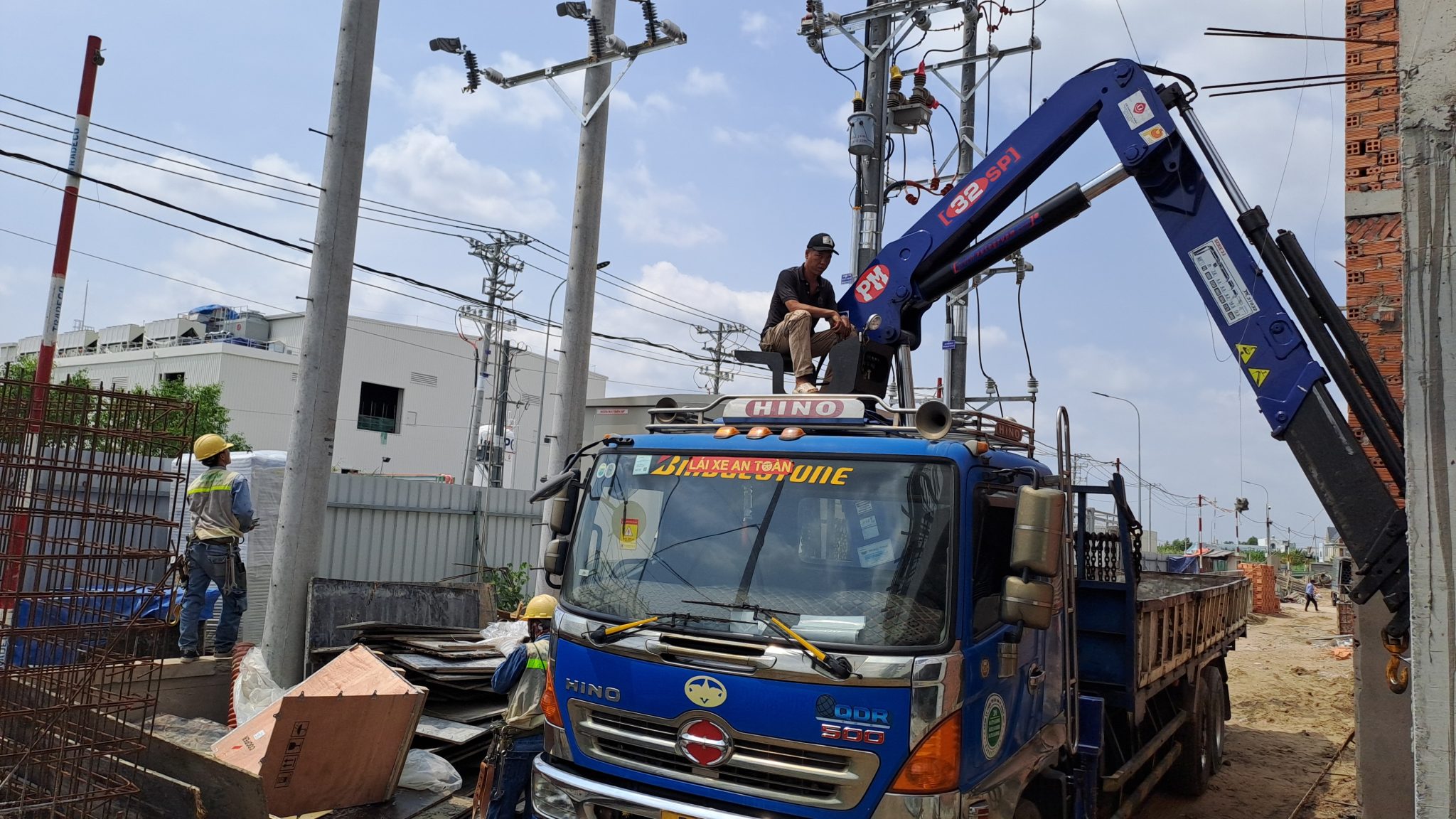
Power Shutoff Requirements
Power shutoff is a critical element in EV charging fire prevention. Emergency shutdown switches must offer both manual and automatic functionality upon receiving feedback from fire alarm systems. The switch should be placed near charging stations, within a 15-meter radius, well-labeled with clear operating instructions for ease during emergencies.
Lockout/Tagout (LOTO) – Safe Power Disconnection
When shutting off power for maintenance or repairs, technicians must implement the electric safety Lockout/Tagout (LOTO) procedure. This preventive measure ensures power is not restored until tasks are completed, preventing accidents. Individual locks keep power disconnected until technicians re-crucial status manually.
Regulations on Emergency Power Shutoffs
- Non-emergency reductions: Providers must announce five days in advance via public communication channels.
- Emergency shutdowns: Critical situations like faults or safety threats allow immediate disconnection, followed by explanation and restoration timing within 24 hours.
Power Shutdown Procedures
- Notify clients at least five days before the cut-off.
- Clearly identify reasons, scope, and estimated restoration times.
- Maintain detailed records of actions in operational logs for transparency.
- Keep buyers updated promptly.
- Collaborate closely among parties to restore power swiftly.
Safety Requirements for Power Disconnection
Upon disconnection, refrain from restoring power without thorough safety verification. Labels must detail accountable personnel actions, dating, and disconnection origins. Failing to disconnect at primary points, utilize additional safe measures to guarantee electric safety.
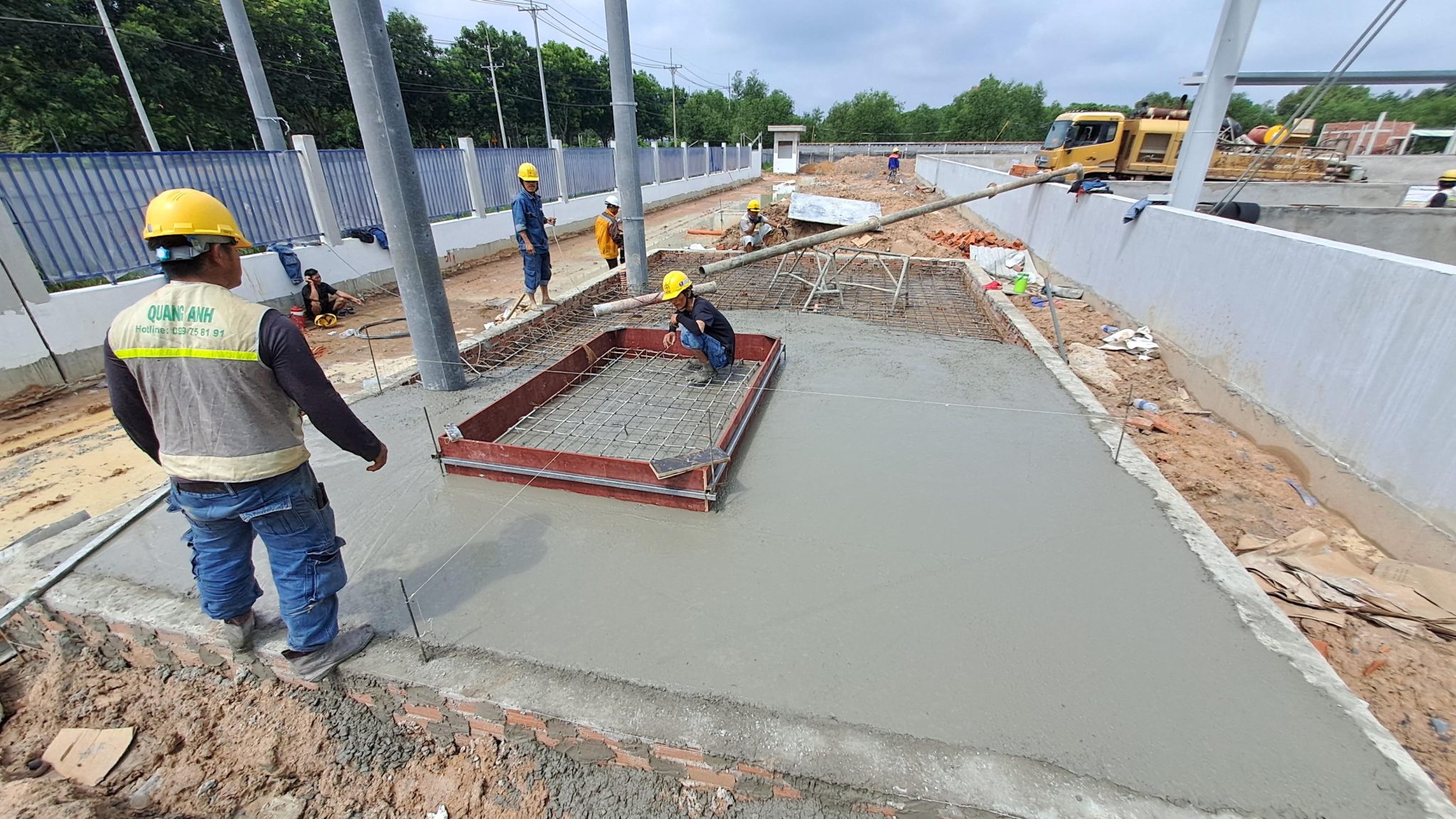
Smoke and Ventilation in Energy Systems
Smoke control and ventilation solutions are carefully crafted to manage fire heat and ensure efficient air circulation. This reduces smoke suffocation risks and aids swift and effective firefighting.
Corridor Smoke Extraction Systems
In buildings, corridor smoke extraction systems are integral for keeping escape routes smoke-free during fires. These systems comprise ventilation fans, fire-resistant ducts, smoke inlets and outlets, and fire cut-off valves. Upon fire detection by sensors, fans activate to eject smoke through ducts fabricated from fire-resistant materials, running from roofs to ground floors, ensuring a safer evacuation environment.
Industrial Smoke Extraction Systems
Common in restaurant kitchens and food processing areas, these systems handle considerable smoke and heat. Their architecture combines machine casings, duct networks, filters, fans, indicator lights, and control buttons. Smoke filters remove dirt and grease, complementing secure work environments and safeguarding workers’ health. They prevent grease build-up and preserve kitchen ventilation.
Pressurized Smoke Extraction Systems
For secure evacuation routes, these systems maintain higher stairwell pressure compared to corridors. High-pressure fans introduce clean air into stairs, preventing smoke and toxic gas entry. Auto-closing doors enhance safety, facilitating effortless fire escape.
Smoke management and ventilation not only control smoke during fires but also play vital roles in comprehensive fire safety planning for buildings. These technologies aim to quickly and effectively remove smoke, ensuring personnel safety and asset protection.
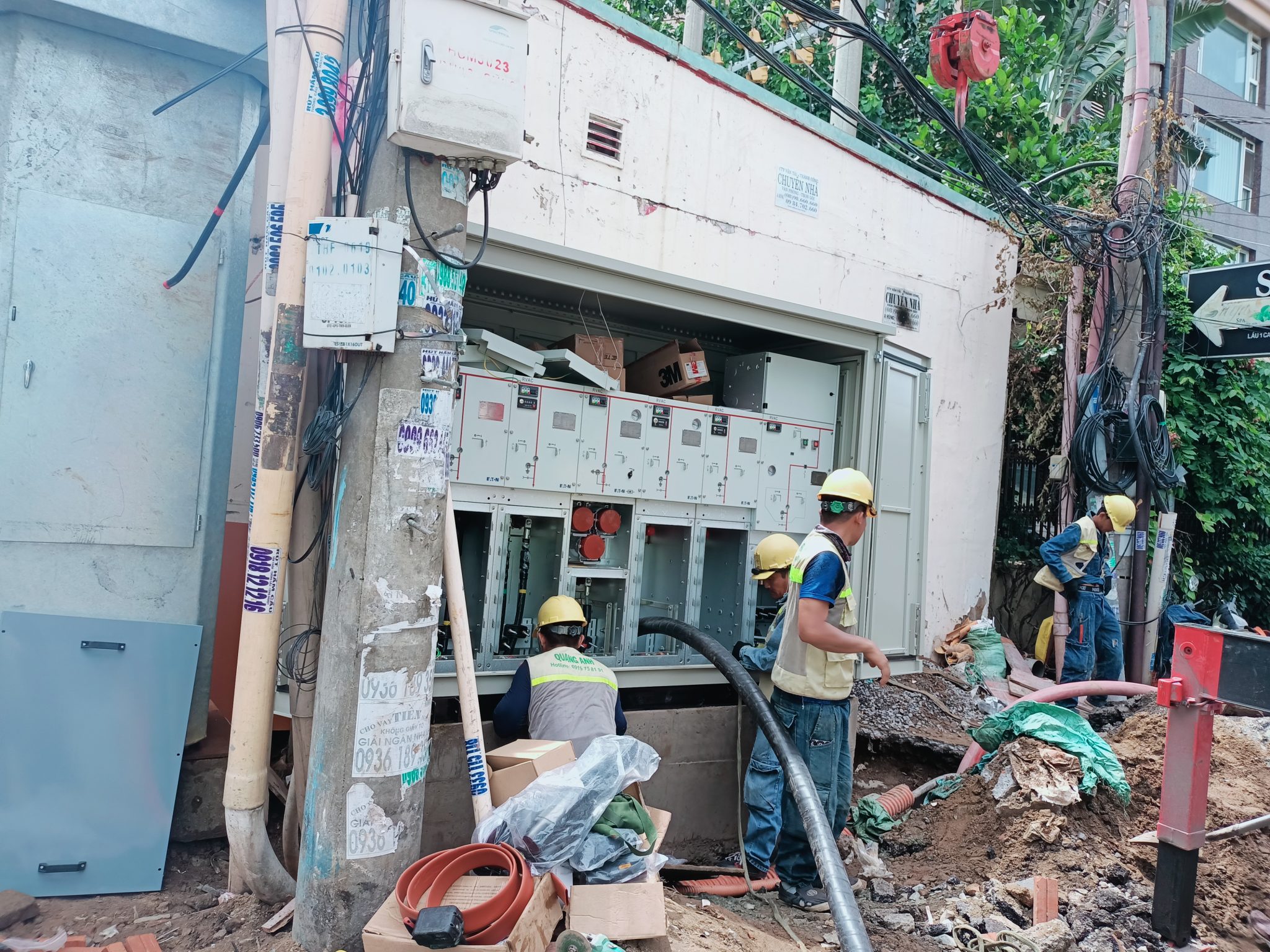
Constructing comprehensive fire prevention systems for EV charging stations not only complies with fire safety standards but also safeguards investment and promotes sustainable growth in the sector. Advanced technical solutions coupled with strict adherence to technical standards optimize investment benefits and enhance operational reliability.
Contact QuangAnhcons at hotline: +84 9 1975 8191 for bespoke fire safety solutions for your EV charging stations.
QuangAnhcons delivers comprehensive fire prevention solutions for EV charging stations, optimizing technology with strict compliance to safety and legal standards.
[contact-form-7 id="7239967" title="Contact form 1"]

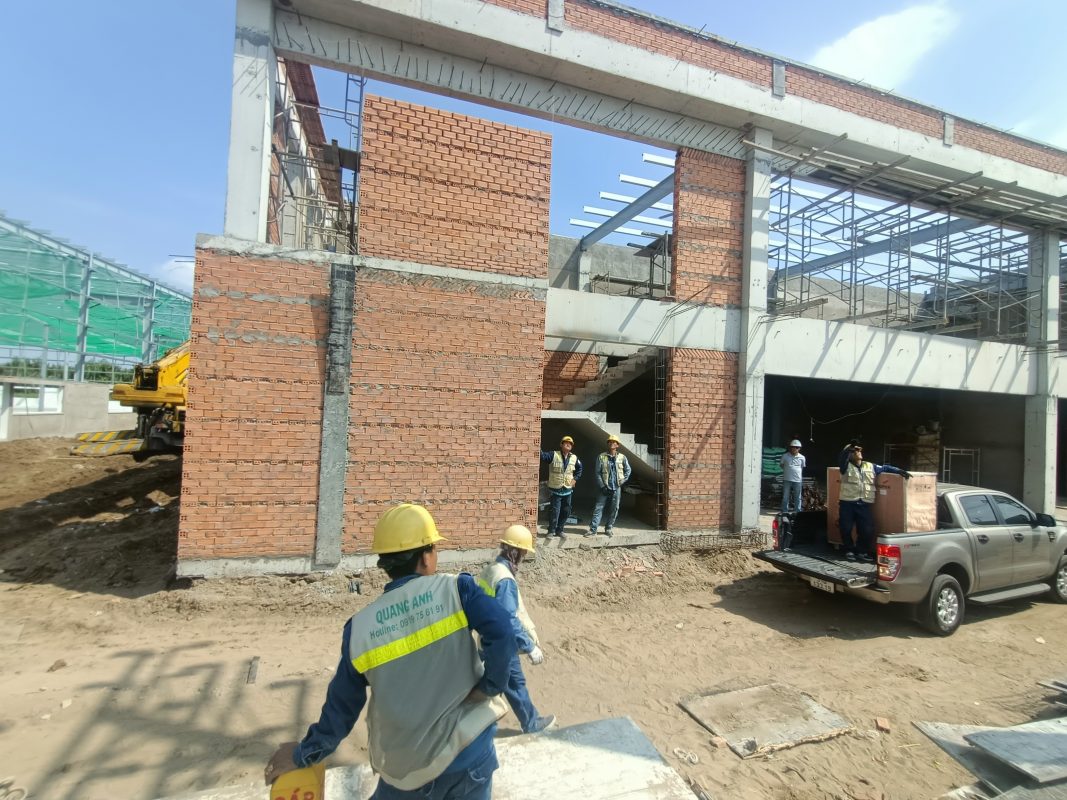
Related Posts
Tay Ninh Solar Power Planning: Technical Framework, Grid Interconnection, and Rollout Roadmap
Technical overview of solar planning in Tay Ninh: irradiation, grid capacity, permitting, design, operations, and [...]
Dec
Binh Duong Solar Planning: Regulatory Framework, Grid Interconnection, and an Implementation Roadmap for Factories and Industrial Parks
An overview of Binh Duong solar planning: legal framework, interconnection, design, risk management, and an [...]
Dec
Solar Farm Repair: O&M Workflow, IV Curve Diagnostics, Thermography, Inverter Service and Utility-Scale Safety
A utility-scale solar farm repair plan centered on O&M, IV curves, thermal imaging, inverter service, [...]
Dec
Dong Nai Solar Power Plan 2023–2025: Tri An 1,029 MW, Grid Upgrades and the DPPA Pathway
A complete look at Dong Nai’s solar power plan: Tri An 1,029 MW, irradiation potential, [...]
Nov
Quang Ngai Solar Power Plan 2024–2030: Legal Framework, Irradiance Potential, and Development Roadmap
A complete look at Quang Ngai’s solar power plan: capacity targets, irradiance (PVout), development zones, [...]
Nov
Solar Damage Assessment Services: On-Site Procedures, EL/IV/Thermography Testing & Compliance with Standards
Discover IEC/UL/NEC standard solar damage assessment processes: on-site evaluation, EL and IV curve testing, thermal [...]
Nov
Comprehensive Package Estimate for a 1800MVA 500kV Substation: Scope, Configuration 3x600MVA, Standards and Timeline Management
An overview of the 1800MVA 500kV substation estimate: construction scope, configuration 3x600MVA, GIS/AIS, SCADA, standards, [...]
Nov
Factory Electrical Systems: Comprehensive Design and Implementation Guide
Discover the detailed and safe process of factory electrical systems design and implementation. [...]
Oct
Blueprints Required for Factory Construction Permits
Discover the necessary blueprints in factory construction permit applications, from floor plans to electrical and [...]
Oct
What Are the Requirements for a Factory Construction Permit? A Comprehensive Guide
Explore the documentation and steps needed to secure a factory construction permit for streamlined project [...]
Oct
Factory Construction Permit Procedures in Vietnam: Essential Guidelines and Documents
Learn the procedures for securing a factory construction permit in Vietnam, focusing on document preparation [...]
Oct
Key Steps in the Factory Construction Process
Discover the essential steps and requirements for building factories. [...]
Oct
Comprehensive Electrical Substation Solutions by Quanganhcons
Discover the cutting-edge electrical substation solutions offered by Quanganhcons for industrial applications. [...]
Oct
Investment Costs for a 1MWp Solar Power System and Influencing Factors
Explore the investment costs for a 1MWp solar power system in Vietnam and the influencing [...]
Sep
QuangAnhcons: Elevating Wind Energy Solutions
Explore QuangAnhcons' leadership in wind energy and renewable solutions in Vietnam. [...]
Sep
Electrical Contractor Strategies at Becamex Industrial Park
Discover the strategic advancements and partnerships of the electrical contractor at Becamex Industrial Park. [...]
Sep
Investment Insights for 1MW Wind Energy in Vietnam: Costs and Opportunities
Discover the detailed analysis of costs and opportunities for investing in 1MW wind energy projects [...]
Sep
Advanced Electrical Installation Solutions by QuangAnhcons
Explore advanced electrical installation solutions and modern technology with QuangAnhcons. [...]
Sep
Enhancing Industrial Electrical Services with Quanganhcons
Discover Quanganhcons' expertise in industrial electrical services, offering efficient and sustainable power systems. [...]
Sep
Comprehensive MEP Solutions by QuangAnhcons: From Design to Maintenance Excellence
Discover optimal MEP solutions with QuangAnhcons, dedicated to excellence from design through maintenance. [...]
Sep